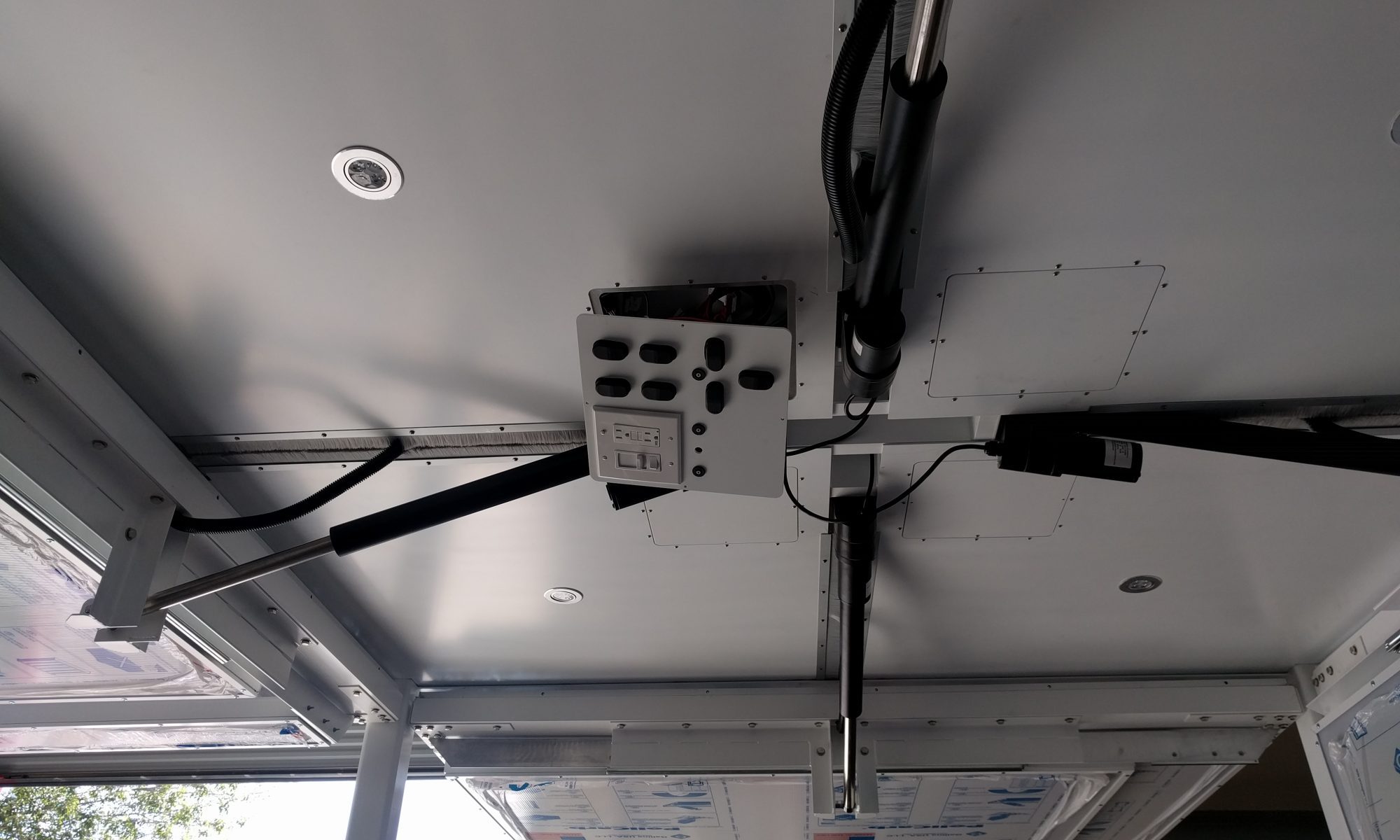Now we will attempt to solve using a limited knowledge base. We will review one source then try to write down every mode it could be.
https://www.gunsandammo.com/editorial/the-truth-about-primer-misfires/247980
modes in no particular order
- Rifle Primer in a pistol
- 40 year old primer stored poorly
- Primer set too deep
- Primer crushed or deformed during reload
- Primers soaked in light oil
- ….
- Firing Pin off center
- Firing Pin bent (short, dragging, off center)
- Firing Pin point broken, chipped, blunted
- Firing pin dragging in channel
- Firing Pin spring too soft (late hammer hit)
- Firing pin spring too hard (resistance)
- ….
- Hammer dragging
- Hammer catching on safety
- Hammer catching on deCocker
- Hammer bent or deformed
- Incorrect hammer
- Hammer sear damaged
- …
- Slide not in full battery (forward)
- Bolt face standing proud with gunk
- Ejector interference
- ….
- Head depth too deep
- Head depth not capturing empty brass
- ….
- Weapon assembly incorrect*
- Weapon improperly lubricated (+/-)
- Weapon gunked up
- Bent or deformed frame
- Cracked frame
- Single / Double Action related
- Order of Operations related
- ….
- Shooter limp wrist (reaching now …)
- Bad Luck
- Sabotage
- Known Bad Training Exercises
- Other
Ok, from that we list our knowns
- Often WILL fire on 2nd or 3rd strike!
- Hammer may be seating slide
- Worked when new
- Assembled by non-smith to YouTube video based on different model!
- Fired with KNOWN small rifle
- Fired with KNOWN fouled ammo
- Fired while very, very, dirty
- Dropped HARD >3 times
- Assembled and broken down >10 times
- One day it misfired 30rnds then emptied a box of blazer at 85%
- Known bent magazine interlock
- Known deformed mag interlock spring
- Aftermarket magazine
- At times it got “crunchy”
- sometimes trigger issues
- sometimes Failure to Feed
- sometimes Failure to Fire
- sometimes Failure to Eject
- sometimes Failure in Single Action
- sometimes Failure in Double Action
- ….
That is sufficient to Move forward into the next round of variable isolation. We solve this by turning as many variables into constants as humanly possible. We introduce as much known data as imaginable. We scour the internet for pictures, videos, accounts.
We do ABSOLUTELY EVERYTHING except
- Cant take it to a Gun Smith
- Cant send it back on Warranty
- Cant send it out for diagnosis
- Cant give up
- Can’t find a more sensitive ammo
- Cant set primers higher
- Cant run special primers
- Cant start ordering replacement parts (lol)
- ….
things we can do
- careful firing pin inspection for round
- careful firing pin tip inspection
- run 100rnds thru it via triple hit
- modify firing pin in 8 different ways
- modify firing pin lane in 4 different ways
- modify seat
- modify barrel
- modify ejector
- run out of spec ammo as test (long/short/fat)
- test primers in different weapon
- Find more assembly instructions
- attempt to assembly different
- attempt to remove some components for test
- Rent a known good for comparison *
- ….
And from there…. Our adventure begins! If you think being a gun nut is about emptying boxes on the indoor range… Well…. You may find yourself bored with light pockets.
This is about taking one of the most fundamentally reliable systems on the planet and understanding it to levels beyond comprehension. It is THE engineering exercise, like disassembling a Honda.
- Advanced aluminum finishes
- Advanced steel hardening
- Precision manufacturing at scale
- margin
- value engineering
- reliability
- safety
- quality
- value
- …..
This is an engineering exercise of all engineering exercises. Where the non-mechanical engineer, non-gun smith, …. Learns in a way that is actually interesting.
-Schindler
